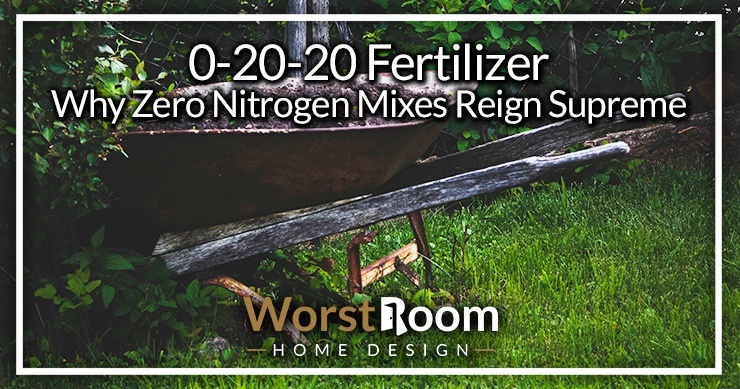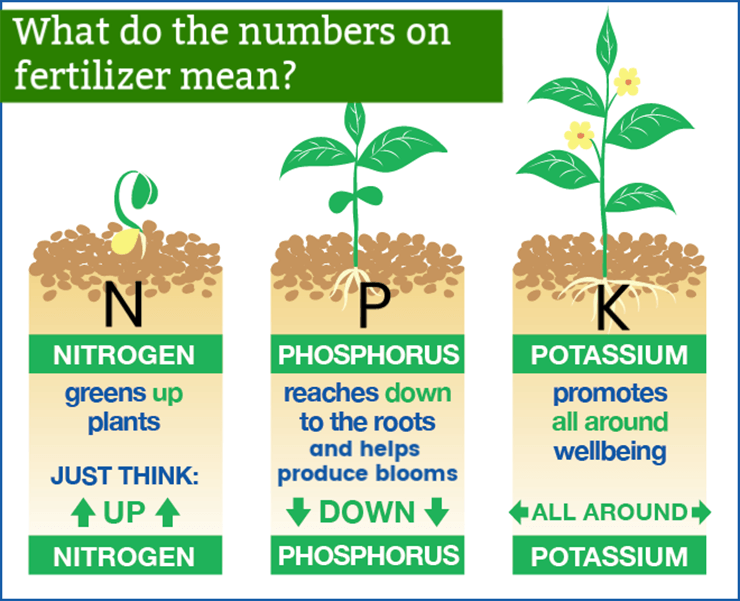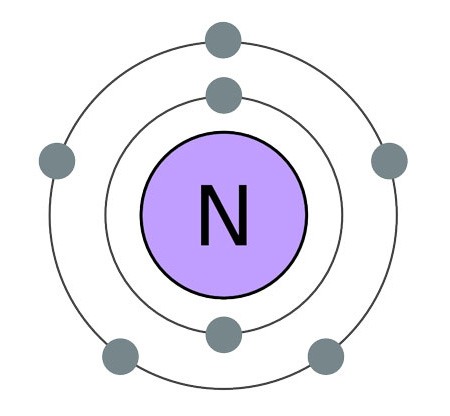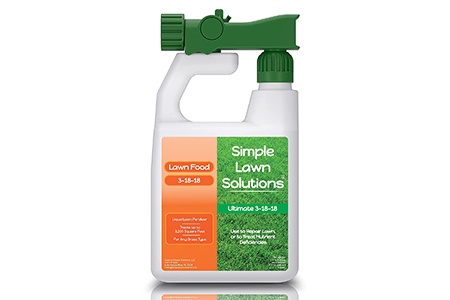0-20-20 Fertilizer: Why Zero Nitrogen Mixes Reign Supreme
Author: Chris Miller | Editor: Omar Alonso
Review & Research: Jen Worst & Chris Miller

There's endless fertilizer mixes, and that's because differing garden plants and flowers benefit from varying ratios and amounts of the three main macronutrients they need.
These macronutrients are represented by the fertilizer numbers found on the front or back of nearly every bag of fertilizer you see. But you'll rarely if ever see a 0-20-20 fertilizer.
Go ahead and browse the shelves of any lawn and garden nursery and see if you can find it. Even online it's tough to find.
But at the same time you have people swearing by how amazing this blend is. If it's so good then why is there seemingly such little demand that nobody stocks it?
Let's get to the bottom of what a zero nitrogen fertilizer is for, exactly why people are mixing their own batches, and talk about how to mix 0-20-20 fertilizer at home. If you try to crack this case on your own it's pretty confusing. There's one detail that solves the whole puzzle.
What is 0-20-20 Fertilizer?
0-20-20 fertilizer is a mixture that contains zero nitrogen. The three numbers are called N-P-K numbers and represent nitrogen (N), phosphorous (P), and potassium (K).
These are the three fundamental nutrients used by plants, and the rest of the fertilizer blend is made up of filler material.
Each number stands for the percentage of nitrogen, phosphorous, or potassium (actually, it's potash, which contains potassium) within the mix. So a bag of 0-20-20 fertilizer is made up of:
- 0% Nitrogen
- 20% Phosphorous
- 20% Potash
- 60% Filler
Obviously plants need to derive nitrogen from the soil, so why would we use a zero nitrogen fertilizer at all?
Why Use 0-20-20 Fertilizer?
Almost every other type of fertilizer will contain some percentage of nitrogen (the first number). Even in cases where people are avoiding nitrogen, they'll still opt for something like a 6-24-24 fertilizer to replenish nitrogen some. And that's part of the key to the mystery.

The reason people seek out or mix their own 0-20-20 blend is because they intend to fertilize their gardens or lawns during the late fall. They consider this special recipe to be a winterizing fertilizer.
You'll even find high-phosphorous and high-potassium fertilizers marketed and sold as "winterizers."
There's two reasons for this:
- Plants use little to no nitrogen during the winter.
- Rain and snow will leach nitrogen away from the soil during this time.
The first reason is easy to understand. Plants consume little to zero nitrogen during these dormant months. Why this happens is a biological subject for another discussion, but it is true.
The second reason has to do with the process of leaching, where water can run through soil (the looser and sandier the soil, the worse it is) and wash away the nitrogen stored there.
This leads us to the obvious conclusion: why waste money and resources adding nitrogen to soil where it won't be used and will be leached away? The answer is we shouldn't. It's a complete waste!
However, stating the conclusion that simply makes it sound like theres not a few more details to consider. There are such things as organic fertilizers that contain slow-release nitrogen.
And when this is done to thicker, more clayish soil, it makes nitrogen available immediately when spring comes and plants start growing their roots and tops again. It may not be much, but it's better than zero.
Or, you can fertilize the soil at the end of the winter season and be in even better shape, which is what I recommend if you have the time to plan for it and execute the plan.
Why You Don't Find 0-20-20 Fertilizer in Stores
As time has passed, stores have quit stocking blends that used to be available such as 0-10-10, 0-20-20, and even 0-40-0, all of which have zero nitrogen. This is because the demand has decreased, but why has that happened? Why did the people stop asking for it?
Part of the reason is because companies began offering organic fertilizers with slower release, granular pieces that take longer to break down and thus meter out the nitrogen over the course of weeks.
This meant busy consumers could fertilize less frequently, knowing their soil would be "recharged" on its own.

The other reason is that the professional opinion changed, where turf-grass scientists decided that high-nitrogen fertilizers were best (of course) and that the most important time to provide a huge injection of nitrogen to plants was during autumn.
The same argument about using a zero nitrogen recipe is now being made for phosphorous, since it has been determined that soil holds onto phosphorous for a lot longer than previously realized and you run a danger of providing too much phosphorous or potassium to plants.
This is not an easy thing to do, even if it's true.
What is true and happens without your intervention is that nitrogen is far more soluble than the other two macronutrients and that's why it leaches away from the soil so easily.
This is settled science and really isn't up for debate any more, and which is why the 0-20-20 fertilizer recipe is still in demand even if "casual gardeners" no longer want to buy it.
How to Mix 0-20-20 Fertilizer
Obviously we're shooting for zero nitrogen, so you can completely forget about it when you go shopping for ingredients. Here are the basic, easy steps condensed down to give you an overview first.
1. Purchase Phosphorous, Potassium, & Filler

Unless you want to buy each ingredient separately and create your own, the above 3-18-18 fertilizer is the closest thing you're going to find to 0-20-20 fertilizer these days and should be very close to what we're looking for. Otherwise...
The first step is to buy phosphorous and potassium, preferably separately as well as filler material. If you purchase them together in one mixture, make sure the mixing rates are equal, so that you're getting the same amounts of both.
Otherwise, buy them separately so you can mix them in equal amounts later. Filler is usually sand, granular limestone, sawdust, sterile dirt, peat moss, ground up corn cobs, etc.
2. Measure the Application Area
You need to know how many square feet you're trying to cover of a garden or lawn and how much total weight of phosphorous and potassium you want to add to that square footage.
3. Calculate the Weight of Each Nutrient Needed
Then there's some simple math to do for you to decide how much of those two nutrients to add to your total mixture. It's too much to break down here, but PennState explains the calculations in an easy to understand manner.
4. Use the Proper Mixing Rates for Your Recipe
Here's the fun (and last) part. Take equal parts phosphorous and potassium (potash probably) and mix them together. Then mix those into the appropriate amount of filler, following the guidance of the calculation in the link above. All that's left is to use your fertilizer!
Deeper Mixing Discussion
I should mention that you probably need more fertilizer than can be mixed in a simple five pound bucket. In this case, you should lay out a tarp on concrete or grass to mix on, and have some straight edge types of shovels handy in order to do the mixing.

Try to mix evenly and continue until the entire mixture is well blended. You can then scoop the final mixture into separate buckets, garbage bags, or wheelbarrows.
I'd recommend labeling these buckets or bags if you need to store them. Sometimes your filler won't be entirely dry and it's recommended to let it air dry for some time if possible (so it doesn't clog up your fertilizer spreader).
You should store these somewhere where they can be ventilated to the outdoors. Don't store them in your basement if the gases can rise up into your house, due to the chemical reactions that will be occurring in the mixture as you allow it to dry.
I've also read (but not done it) that you can go to a feed store and have them put this mixture together for you. I'd assume you can do the same at a landscaping nursery, too.
Long Live Zero Nitrogen Fertilizer
Organic, slow-release fertilizers may have slowed down and even reversed the availability of 0-20-20 fertilizer, but its usage is still completely valid and many of us want it.
You can find it online if you want small amounts, but for us bulk users we will need to mix it ourselves before the fall fertilizing period. Thankfully, that's not hard to do!



